Animals have a lot to say, even if we don’t always understand them. While humans rely heavily on spoken language, the animal kingdom has developed some fascinating and complex ways of communicating through sound. From ultrasonic calls to low-frequency rumbles, animals have evolved to use sound not only to communicate with each other but also to navigate their environments, warn about predators, and attract mates. What’s even more impressive is how specific and meaningful these sounds are—some animals even have their own “languages” and “dialects.”
1. Dolphins

Dolphins are basically the chatterboxes of the ocean. They communicate using a complex system of clicks, whistles, and body movements. Each dolphin has a unique signature whistle that acts like a name, allowing other dolphins to identify them even at a distance. These sounds can travel through water over long distances, helping dolphins coordinate hunting, warn each other of danger, and even call out to lost group members. Dolphins are also capable of echolocation, where they use sound waves to “see” underwater and detect objects or prey.
What’s wild is that dolphins appear to have actual conversations. Researchers have recorded dolphins exchanging whistles and responding to each other with specific clicks, almost like they’re discussing strategy. They’ve also been observed calling out to friends by their signature whistle—essentially saying each other’s names. Dolphins can even adjust the pitch and tone of their whistles to express different emotions. It’s like a highly advanced underwater language.
2. Elephants
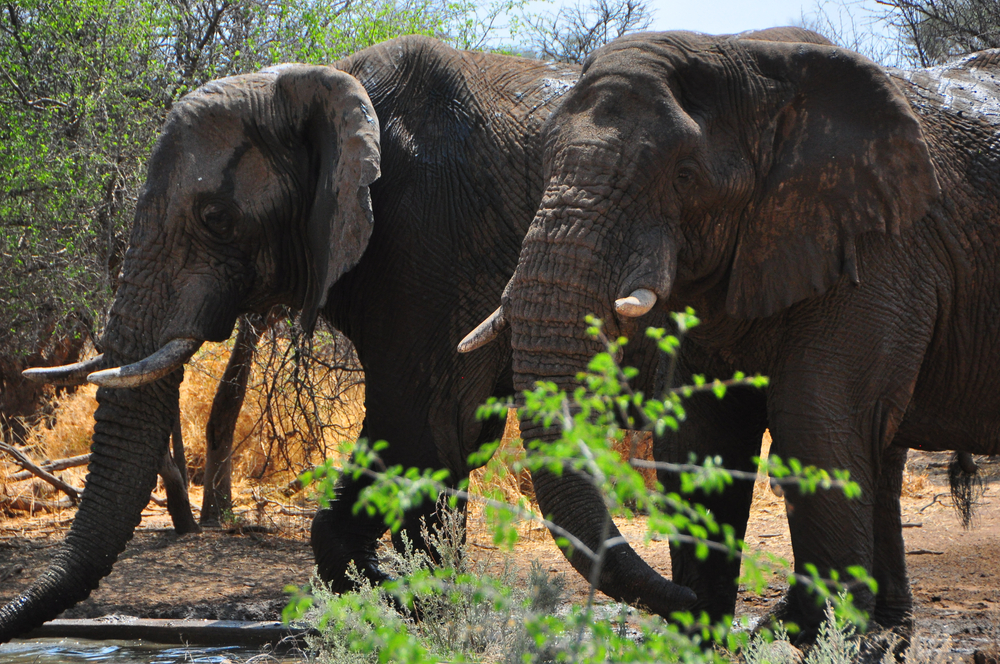
Elephants are known for their deep, rumbling calls, but they actually communicate using sounds that are often too low for humans to hear. These low-frequency rumbles, called infrasound, can travel over several miles, allowing elephants to keep in touch even when they’re far apart. Mothers use specific calls to soothe their calves, and male elephants will produce deep rumbling calls during mating season to signal their availability. These sounds help maintain the tight social bonds that elephants are known for.
Interestingly, elephants also “listen” with their feet. They can detect the vibrations from other elephants’ calls through the ground, using the sensitive cells in their feet. This allows them to pick up messages about approaching danger or potential mates from long distances. Elephants have even been observed using different tones to express excitement, distress, or reassurance. They might not have a spoken language like humans, but their communication is incredibly nuanced.
3. Bats
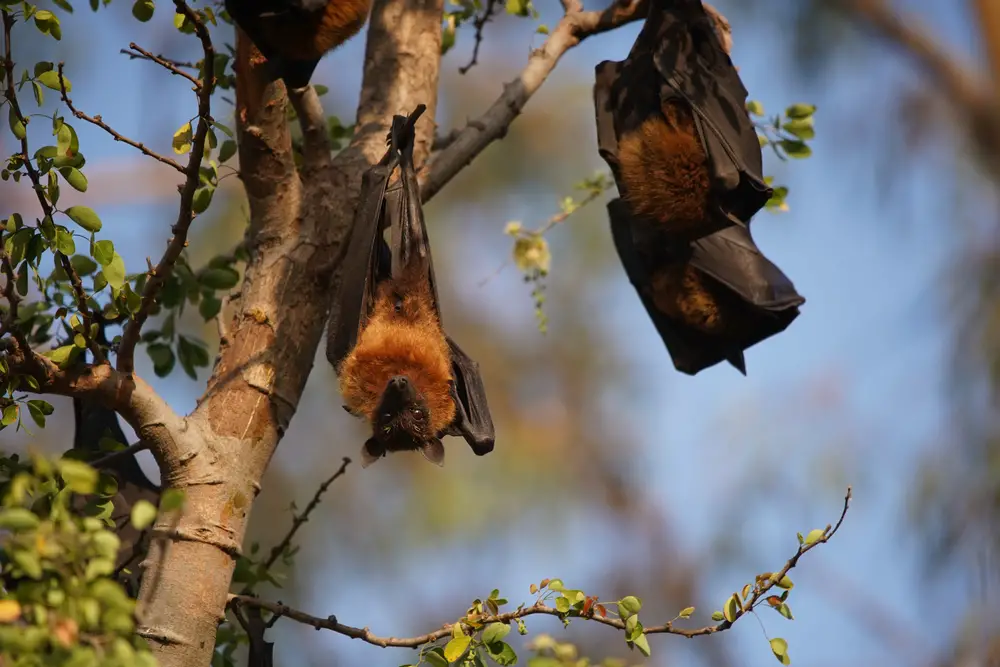
Bats are the masters of echolocation. They emit high-pitched ultrasonic calls and listen for the echoes to navigate and hunt in complete darkness. By measuring the time it takes for the sound to return and how it bounces off objects, bats can create a mental map of their surroundings. This allows them to snatch insects mid-flight with extreme precision. Some species of bats even use echolocation to communicate with each other about food sources or potential threats.
But bats don’t just communicate through echolocation—they also have social calls. Different species use unique squeaks and chirps to warn others about predators or attract mates. Researchers have found that bats have specific “dialects” based on their colonies, and young bats learn these vocal patterns from older members. Bats might not seem chatty, but they’re constantly talking to each other through sound.
4. Whales
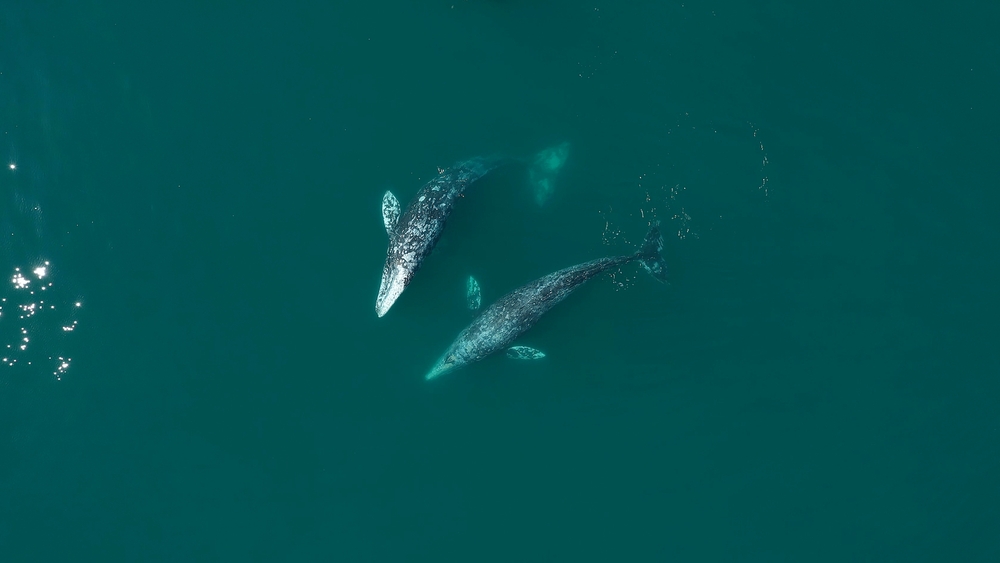
Whales are basically the opera singers of the sea. Humpback whales, in particular, are famous for their haunting and beautiful songs, which can last for up to 30 minutes. These songs are used primarily during mating season, but whales also use clicks, whistles, and groans to communicate about food sources and potential threats. Different whale populations have distinct “accents” or patterns in their songs, almost like regional dialects.
What’s even more impressive is that whales can adjust their calls based on the noise pollution in the ocean. If ship traffic or human activity makes it harder for them to hear each other, they’ll increase the volume or change the pitch of their calls. Whales have even been observed working together by coordinating their sounds while hunting. It’s like they’ve developed a complex underwater language.
5. Wolves
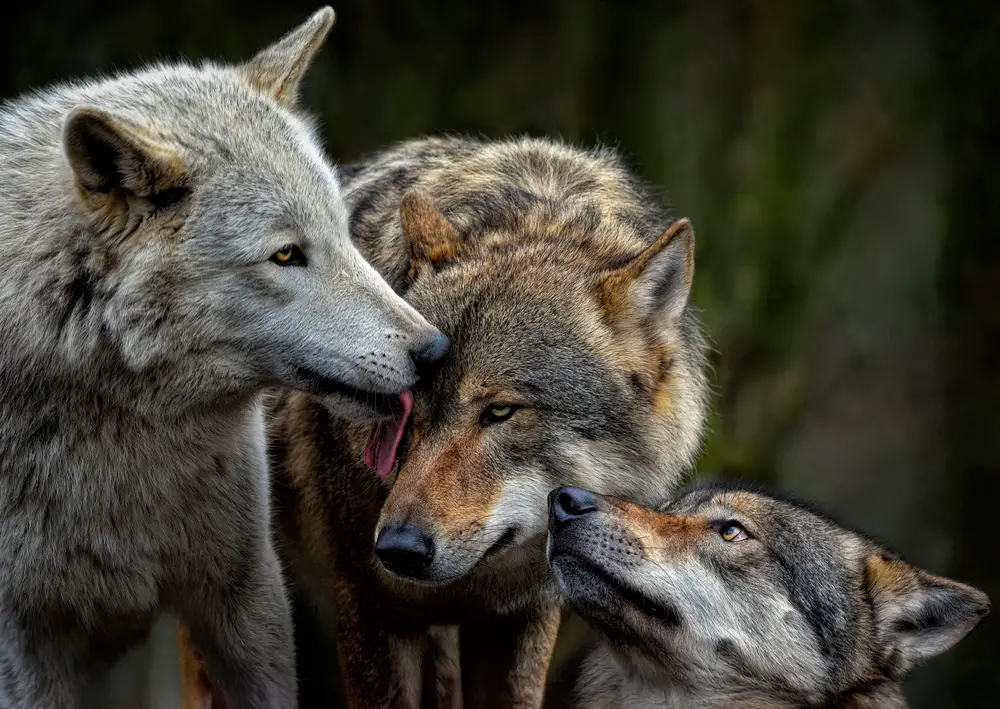
Wolves are famous for their eerie howls, but these vocalizations are more than just chilling sound effects. A howl can signal territory boundaries, call pack members together, or alert others about danger. Wolves also use different pitches and lengths of howls to identify themselves and their pack members. A single wolf howling can be joined by others to create a chorus, which strengthens pack unity and intimidates rival packs.
Beyond howling, wolves also communicate through barks, growls, and whines. A mother wolf might use a soft whine to comfort her pups, while a growl could signal a warning or assert dominance. Wolves also adjust their body language—like ear position and tail movement—to reinforce their vocal messages. It’s a layered communication system that helps them maintain strong social bonds.
6. Birds
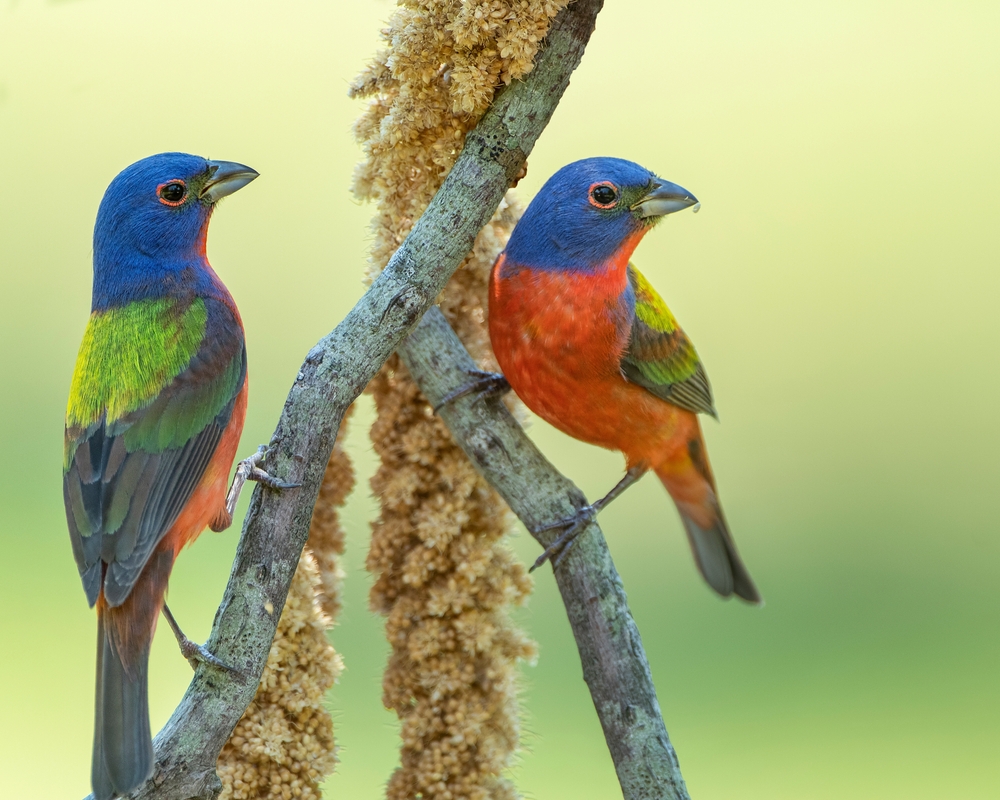
Birds are some of the most vocal creatures on the planet. Songbirds, in particular, use complex melodies to attract mates and defend their territory. Male birds often have signature songs, and some species can mimic the calls of others to confuse predators or competitors. Birds also use different alarm calls to warn about predators, with some species even tailoring their calls based on the type of threat.
Interestingly, birds can modify their songs based on their environment. Birds in urban areas, for example, tend to sing at higher pitches to be heard over city noise. They also engage in “duets” with their mates, reinforcing pair bonds through synchronized singing. It’s not just noise—it’s a carefully crafted language.
7. Cats
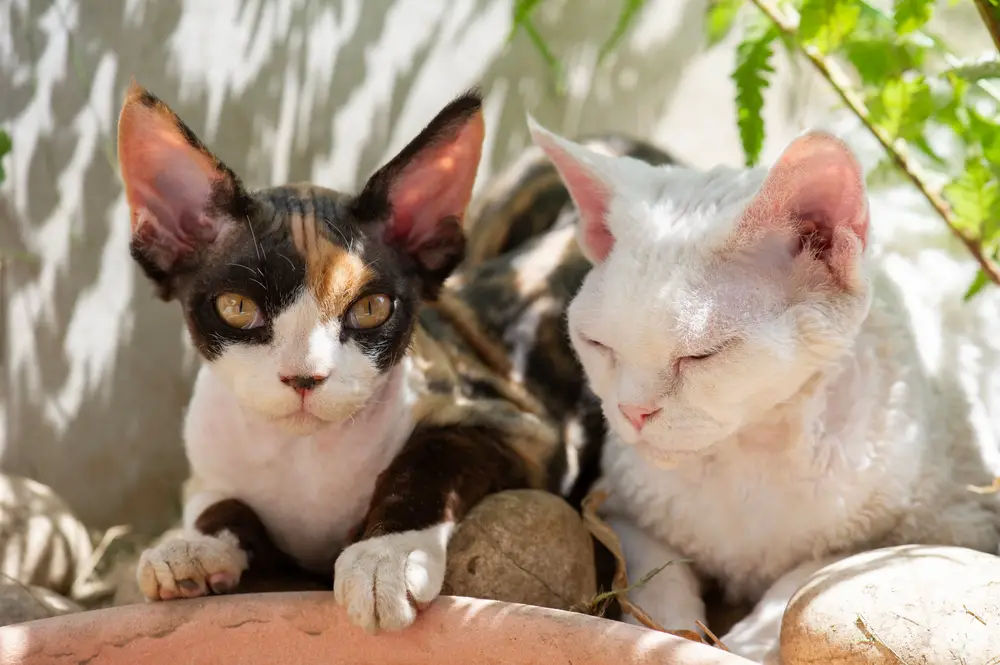
Cats might not seem like big talkers, but they have a surprisingly complex range of vocalizations. Domestic cats have developed meows, purrs, hisses, and growls specifically to communicate with humans. A long, drawn-out meow might signal hunger, while a short, sharp meow could be a greeting. Cats also purr to express contentment, but they can also purr when they’re stressed as a way to self-soothe.
Interestingly, wild cats rarely meow at each other—this is something domestic cats evolved to get human attention. They’ve basically learned how to “talk human.” Cats also communicate with body language, using tail flicks and ear positions to signal mood. They’ve adapted their communication styles to work specifically with humans.
8. Frogs
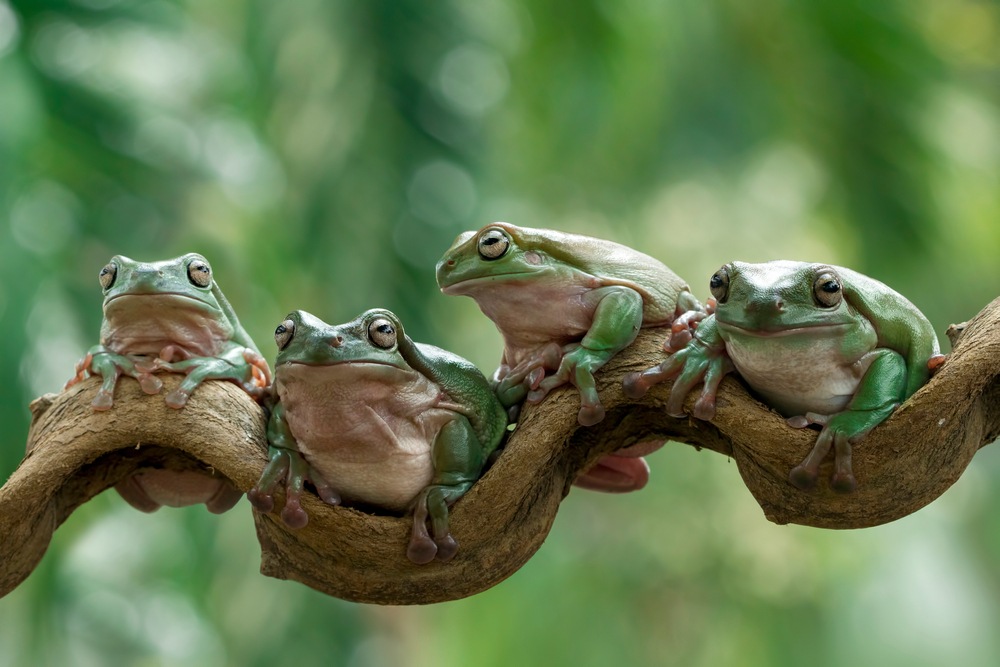
Frogs are the original night-time crooners. Male frogs use loud, rhythmic calls to attract females during mating season. Different frog species have distinctive calls that help them identify each other even in crowded environments. Some frogs also adjust the pitch and rhythm of their calls based on humidity and temperature.
Frogs’ calls can also serve as territorial warnings. A loud, deep croak signals strength, while a rapid series of calls can scare off competitors. Some frogs even “duet” with nearby frogs to confuse predators or amplify their presence. It’s a surprisingly sophisticated vocal system.
9. Prairie Dogs
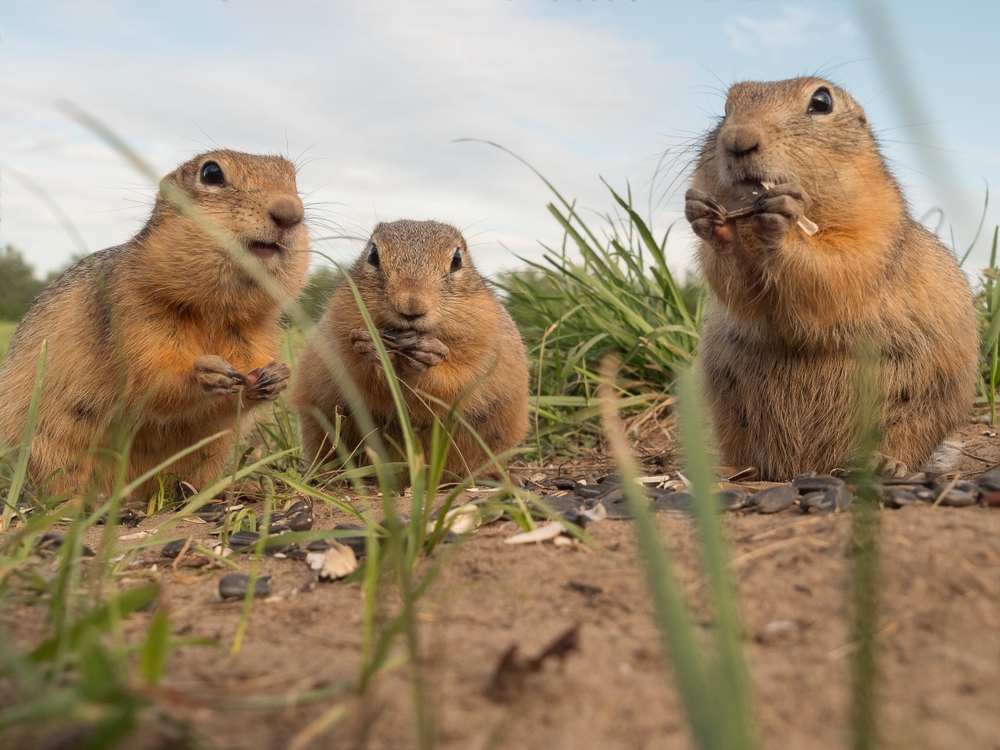
Prairie dogs are the secret geniuses of animal communication. These small rodents have one of the most complex animal “languages” ever studied. They use a series of high-pitched chirps and barks to communicate about everything from predators to environmental changes. What’s even more impressive is that they can describe the size, shape, color, and speed of an approaching threat using their vocalizations. For example, a prairie dog can alert others that a human is nearby and specify if they’re wearing a red shirt or moving quickly.
Researchers have discovered that prairie dogs can even invent new “words” to describe unfamiliar threats. If they see a new type of predator, they adjust their calls to create a unique sound that others will understand. Their communication system is so sophisticated that it rivals some human languages in terms of complexity. Prairie dogs are essentially holding full-blown conversations underground, warning each other about the dangers above.
10. Orcas (Killer Whales)

Orcas are highly social and incredibly vocal creatures. They communicate using clicks, whistles, and pulsed calls to coordinate hunting, keep track of their pod, and maintain social bonds. Each pod has its own unique “dialect” of sounds, which helps members identify each other even in the vast ocean. Orcas also use echolocation to locate prey and navigate murky waters. They can adjust the frequency of their calls depending on the environment and the distance of their target.
What’s even more fascinating is that orcas pass down their vocal traditions from generation to generation. Young orcas learn the specific calls of their pod from older members, creating a form of cultural transmission. Orcas also display emotional communication through their sounds—soft whistles and close-range clicks are often used to comfort or reassure each other. Essentially, orcas are operating with a complex language system that reflects their tight social structures.
11. Monkeys
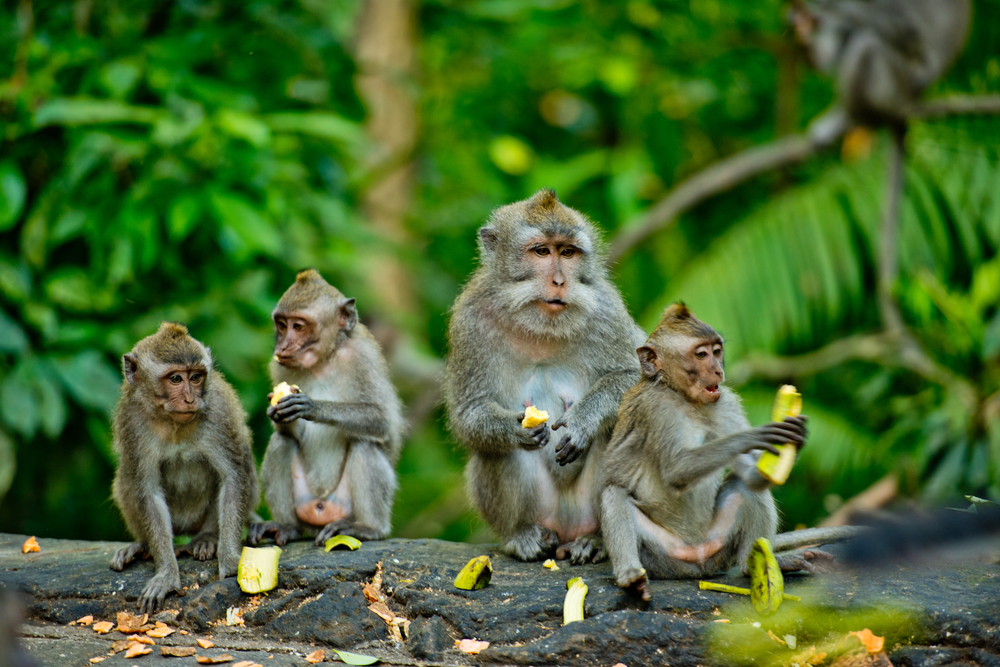
Monkeys have a surprisingly diverse range of vocalizations. Different species use specific sounds to signal food sources, warn about predators, and establish social dominance. For example, vervet monkeys have distinct alarm calls for different predators—one sound for a snake, another for a leopard, and yet another for an eagle. This allows the group to respond appropriately based on the type of threat.
Monkeys also engage in “social grooming” through sound. Soft coos and chirps are often used to reinforce social bonds and calm group members. Some species have even been observed using rhythmic patterns and repeating sounds in ways that resemble the structure of human language. Essentially, monkeys have developed an early form of “speech” that helps them organize their social groups and stay safe in the wild.
12. Parrots
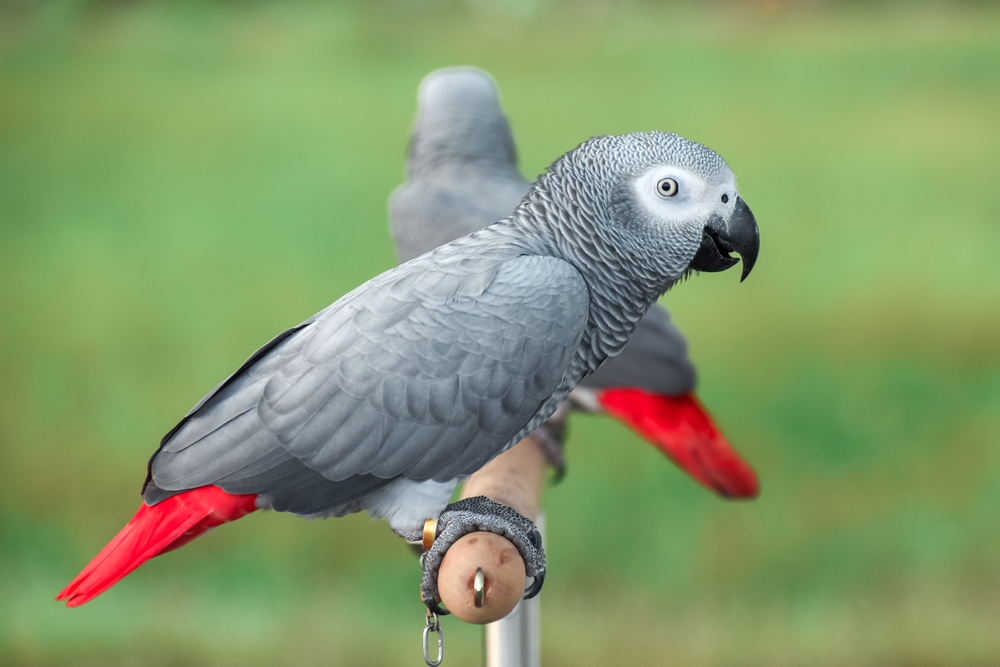
Parrots are the ultimate mimics—but their vocal abilities go beyond just repeating human words. In the wild, parrots use complex vocalizations to identify flock members, establish territory, and warn about predators. Some species of parrots even have “contact calls” that act like names, allowing them to identify and locate each other in dense forests. The ability to mimic human speech is just an extension of their natural communication skills.
What’s truly remarkable is that parrots understand the context of their sounds. Studies have shown that parrots can associate certain human words with specific actions or objects. They’ve even been known to create new sounds to describe objects they haven’t encountered before. Parrots aren’t just copying—they’re processing information and communicating in surprisingly sophisticated ways.
13. Crickets
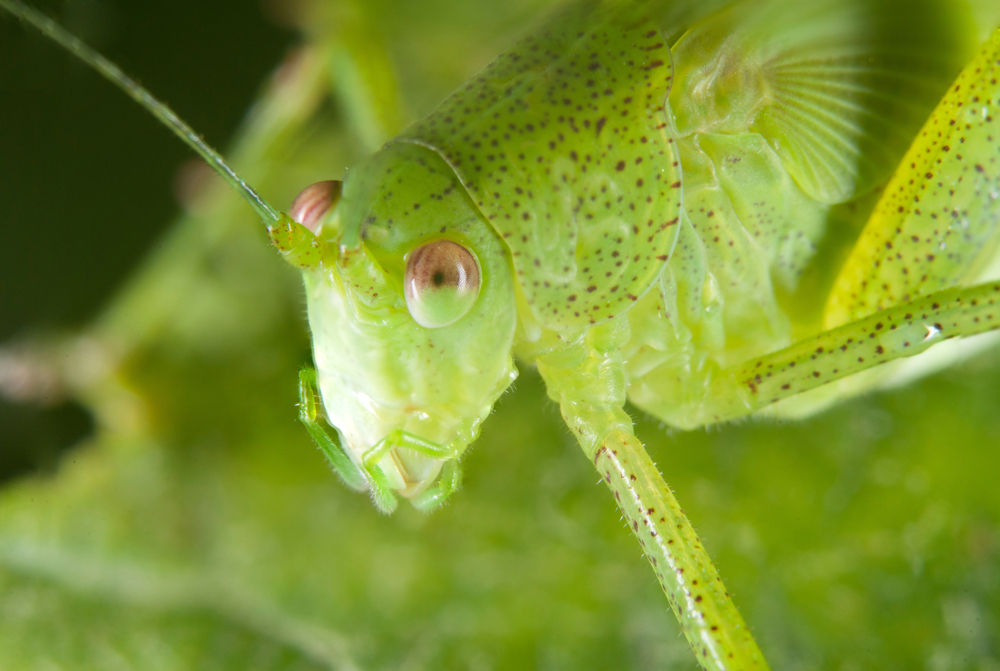
Crickets may not seem like talkative creatures, but their chirps are actually highly sophisticated. Male crickets use chirping to attract females during mating season, with different species developing unique rhythms and pitches. The rate of chirping is influenced by temperature—warmer weather tends to produce faster chirps. Female crickets use the frequency and pattern of the chirps to select the most genetically compatible mate.
Interestingly, crickets can also use sound to warn others of danger. When a predator is nearby, crickets will adjust the pitch or volume of their chirps to signal the threat level. Some species have even been observed engaging in “duets,” where males and females alternate their chirps to establish territory or strengthen pair bonds. For such small creatures, their communication system is impressively complex.
